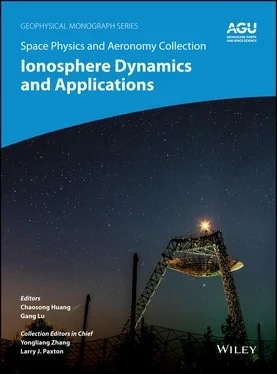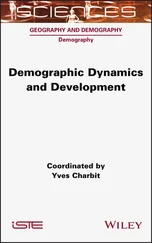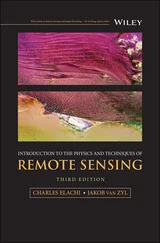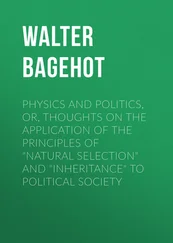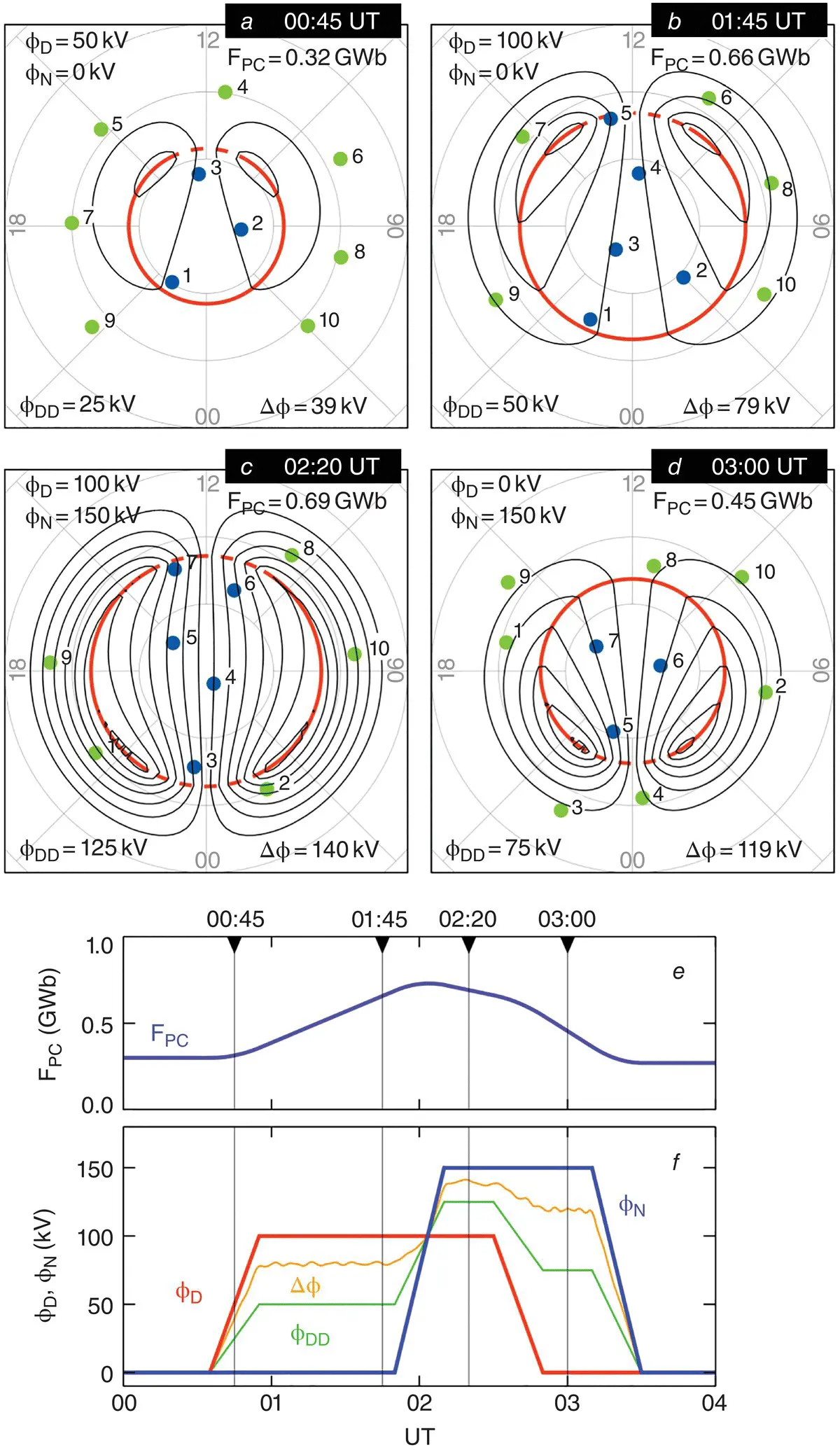
Figure 2.10 The ionospheric convection excited in response to combined dayside and nightside reconnection
(from Milan et al., 2012; Reproduced with permission of John Wiley and Sons).
In the limit that the polar cap remains circular, the cross polar cap potential along the dawn‐dusk meridian is the average of the dayside and nightside reconnection rates (Lockwood, 1991),
(2.16) 
The cross polar cap potential is sometimes defined as the difference between the maximum and minimum potentials in the convection pattern, ∆Φ = Φ max− Φ min, in which case, ∆Φ ≥ Φ PC.
Observational evidence for the evolution of the flows from day to night across the polar cap following the onset of dayside reconnection, as depicted in the top two panels of Figure 2.10, has been mixed. As a result, significant debate has ensued as to the validity and applicability of the Cowley and Lockwood (1992) paradigm of ionospheric flow excitation. Early results such as those reported by Lockwood et al. (1986), Etemadi et al. (1988), Todd et al. (1988), Lockwood et al. (1993), and Khan and Cowley (1999) did suggest a propagation of the convection response to an IMF change away from its initial observation in the dayside ionosphere. Ridley et al. (1997, 1998), Ruohoniemi and Greenwald (1998), and Ruohoniemi et al. (2002), on the other hand, argued on the basis of globally derived patterns that an instantaneous response of the ionospheric convection is evident near‐simultaneously over the whole polar cap. Lockwood and Cowley (1999) countered that a near‐instantaneous response does not preclude an expansion of the pattern. Indeed, a two‐stage ionospheric response, with fast global onset communicated in the form of a fast magnetosonic wave and slower reconfiguration that spreads from day to night over ~25 minutes, was suggested based on observations by Lu et al. (2002). A number of efforts to model a convection response that can account for both types of observation have been described (e.g., Freeman, 2003; Lockwood & Morley, 2004; Morley & Lockwood, 2005). One particular factor that has been considered in controlling the variable timing of the reconfiguration is preconditioning of the magnetosphere by prior activity (e.g., Watanabe et al., 2000; Morley & Lockwood, 2006). This idea has further implications when considering the combined effect on the convection evolution of dayside and nightside reconnection (as discussed, for example, in section 2.4.3).
2.4.2 The Substorm Cycle and the ECPC
Expansions and contractions of the polar cap are necessarily associated with shears in ionospheric convection, and the generation of FACs and auroras; the locations of these FACs and hence the auroral zone are associated with the size of the convection pattern, in turn related to the size of the polar cap. As described by Lockwood and Cowley (1992), the time‐dependent convection just described can be put in the context of the auroral changes observed in the magnetospheric substorm cycle (Akasofu, 1964; Atkinson, 1967a, 1967b; Russell & McPherron, 1973; Hones, 1979; Rostoker et al., 1980).
The substorm growth phase (McPherron, 1970) occurs during periods of southward IMF, when dayside reconnection causes the polar cap to expand and is observed as poleward flows into the dayside polar cap and an equatorward progression of the auroral zone. The strengthening of the convection during the growth phase leads to enhanced magnetic perturbations produced by the eastward and westward electrojets, measured by the AU and AL indices. Dayside reconnection can occur in bursts on timescales of a few minutes, even when IMF B Zis steady, leading to the formation of “flux transfer events” (FTEs). Each FTE is associated with a small addition of new open flux to the dayside polar cap ( Fig. 2.9b), leading to a sequence of poleward flow bursts in the dayside convection throat, which may also have a significant east‐west component dependent on the polarity of IMF B Y, and auroral counterparts known as poleward‐moving auroral forms (PMAFs) (e.g., Lockwood et al., 1989; Milan et al., 2000a, 2016; Wild et al, 2001; Fear et al., 2017).
As the growth phase progresses, the magnetotail inflates and pressure in the lobes and plasma sheet intensifies. This eventually leads to the onset of nightside reconnection, though the exact conditions under which this occurs are still poorly understood, and could involve plasma instabilities in the inner magnetosphere. The expansion phase is associated with the formation of a poleward‐expanding “substorm auroral bulge” in the nightside auroral zone (McPherron et al., 1973), which we identify with the protrusion of the nightside OCB into the polar cap in Figure 2.9c ( ii ). The enhanced conductance and convection strength also enhances the electrojets. The substorm recovery phase marks the return of the system to quieter conditions after the IMF has turned northward.
An additional feature is associated with the expansion phase. If reconnection only occurs across a limited portion of the magnetotail, then sunward‐moving, newly closed field lines will acquire a more dipolar configuration (known as a “dipolarization”) than the stretched field lines to either side as they contract under the action of tension forces. The magnetic shear at these boundaries is associated with upward and downward FACs premidnight and postmidnight, and a westward electrojet in the ionosphere across the highly conducting auroral bulge, known as the “substorm current wedge” (Atkinson, 1967a, 1967b; McPherron et al., 1973), indicated in Figure 2.3b and Figure 2.6b. This current is fed by the cross‐tail current in the nondipolarized regions adjacent to the wedge. The nightside “substorm electrojet” produces a distinct ground magnetic perturbation, known as a “substorm bay,” which is also seen as a negative excursion in AL.
When nightside reconnection first starts, the reconnection site forms within the closed field line region, known as a “near‐Earth X‐line” or “neutral line” (NEXL or NENL) (Hones, 1979), shown approximately by the green X in Figure 2.2. This X‐line maps magnetically to a location near the equatorward edge of the auroral zone ( Fig. 2.11a). As reconnection proceeds, closed field lines earthward of the X‐line contract earthward under the action of tension forces, causing the dipolarization and formation of the substorm current wedge, whereas disconnected flux accumulates on the tailward side. The auroral bulge begins to develop as the X‐line location in the ionosphere proceeds poleward ( Fig. 2.11b). The disconnected flux is released downtail as a “plasmoid” once the reconnection eats entirely through the closed field line region and open flux begins to be closed ( Fig. 2.11c). It is only at this point that Φ Nbecomes nonzero: Φ Nis the rate of closure of open flux.
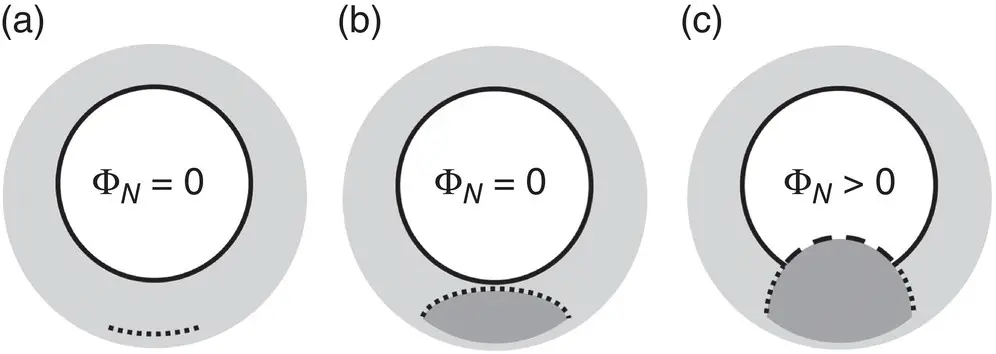
Figure 2.11 Schematic of the formation of the substorm auroral bulge. (a) A near‐Earth X‐line (dotted line) forms on closed field lines, mapping to near the equatorward portion of the nightside auroral zone. The black circle represents the open/closed field line boundary. (b) Reconnection of closed magnetic flux proceeds, with bright auroras (dark grey) where flux has reconnected. (c) A portion of the X‐line eats through the closed field line region and proceeds to reconnect open field lines (dashed line), such that Φ N> 0.
Читать дальше
